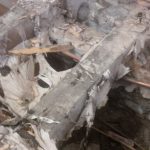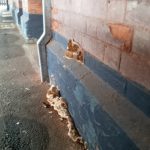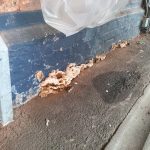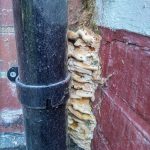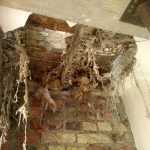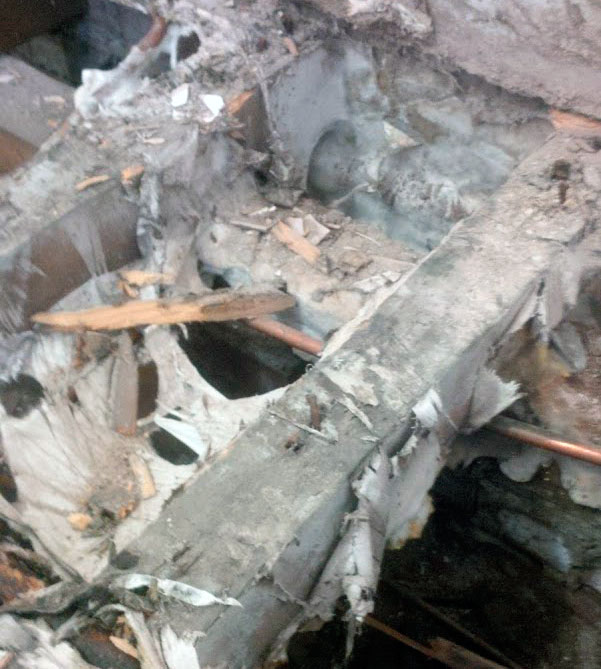
The most destructive fungus affecting properties in the United Kingdom is True Dry Rot Fungus Serpula Lacrymans. The dry rot fungus takes hold initially in damp timber, but can then spread very quickly, as it moves through the whole fabric of the building affecting any of the structural timbers it reaches. It can travel along non-wood surfaces, so any treatment may have to include removing the fungus from brick or masonry as well as wood treatments.
Where there is dry rot in the property, you may see evidence of mushroom-like fungi that then give off millions of spores that spread the fungus further. These spores may be the first sign that dry rot is present, as the main growth of the fungus may be hidden from view within the building fabric.
Treatment for Dry Rot
Once the source of moisture has been identified and removed, the spread of the dry rot will be rapidly reduced, however, the fungus is able to remain dormant for considerable periods of time if full remedial works and treatments are not carried out.
With professional diagnosis, infected and weakened timbers can be cut out and removed and targeted treatment carried out and ensure that any remainining fungus and spores within the vicinity of the infection are eliminated.
In line with current pesticide regulations, treatments are only recommended when no other options are available.

